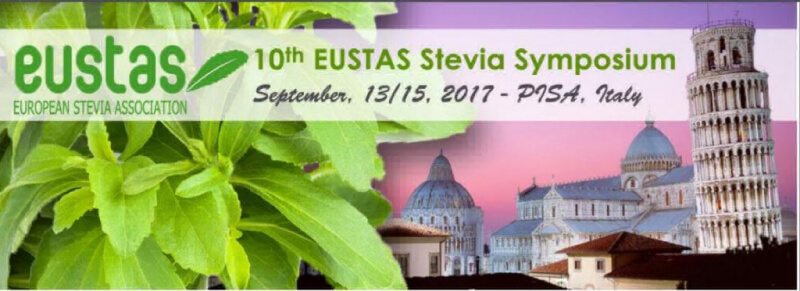PCSI Advisor, Dr. Ursula Wölwer-Rieck, Chairs Session at the European Stevia Association’s 10th Stevia Symposium

- Session 1: Phenotyping and breeding
- Session 2: Agronomy and cultivation
- Session 3: New techniques for production of steviol glycosides, new extraction techniques and formulation;
- Session 4: Food preservation (lack of sugar) and effects on growth of bacteria (caries)
- Session 5: Pharmacological effects (immune system, diabetes and pancreatic β- cells protection, antioxidant compounds)
PureCircle Stevia Institute (PCSI) advisor Dr. Ursula Wölwer-Rieck chaired the third session on new techniques for production and extraction of steviol glycosides. Anne Oehme, one of Dr. Wölwer-Rieck’s PhD students in the Department of Bioanalytics at the University of Bonn, Germany, presented on their research looking at whether the natural, sweet-tasting molecules in the stevia leaf, called steviol glycosides, are affected by the extraction and purification process.
Stevia is extracted and purified from the stevia plant into a powdered sweetener form. The extraction process involves steeping the dried leaves of the plant, like a tea, and then separating and purifying the best-tasting sweet compounds, the steviol glycosides.
Mrs. Oehme presented the results of her experiments where samples from each of the three stages of the stevia extraction and purification process (leaves, first water extract, 95% high-purity end product) were analyzed using ultra-violet high-performance liquid chromatography during the traditional purification process. This work is significant, since it provides support for the natural authenticity of stevia sweeteners.
Read the study abstract here: (hyperlink to: http://www.eustas.org/symposium/2017/abstracts/Oehme.pdf, and for more information on the naturality of stevia, click here.

